Let’s face it: Hollywood has never been an equal opportunity employer. During the early years of silent film most black roles were played by whites in blackface. However, these ten actors all worked during Hollywood’s infancy and kicked down doors for black performers to follow. Many have sadly fallen into obscurity, which is why we want to give them their due.
10. Lillian Randolph (1898-1980)
Lillian Randolph is best known for her role as Annie in the Christmas classic It’s a Wonderful Life. She only appears in three scenes, but she makes the most of them, including delivering the line, “I been savin’ this money for a divorce, if ever I got a husband!”
Born in Knoxville, Tennessee, Randolph started on local radio as a singer, then broke onto the national scene when she moved to Hollywood in the 1930s and acted on radio and in movies, mostly uncredited. She’d appear in everything from Tom and Jerry cartoons to radio programs The Great Gildersleeves and The Billie Burke Show. Later in her career she appeared in TV versions of Amos ‘n’ Andy, Beulah, and other programs.
Though she was criticized by the NAACP and community activitists for the stereotypical roles she took, Randolph defended her right to work as an actress. It also allowed her to mentor young actors like Lena Horne on how to survive Hollywood. Randolph continued to do films and make television appearances, including Sanford and Son, Roots, and various commercials, until her death in 1980.
9. Herb Jeffries (1913-2014)
Dubbed “The Bronze Buckaroo,” singer Herb Jeffries starred in a series of 1930s black westerns with titles like Harlem on the Prairie (1937) and Harlem Rides the Range (1939). When he noticed how much black audiences loved white cowboy westerns, Jeffries realized a whole potential market was going untapped. As he told The Los Angeles Times in 1998, “Little children of dark skin — not just Negroes, but Puerto Ricans, Mexicans, everybody of color — had no heroes in the movies. I was so glad to give them something to identify with.” Jeffries wasn’t originally supposed to star in the movies, but he and producer Jed Buell couldn’t find an actor who could sing and ride horses. As luck would have it Jeffries could do both, thanks to summers at his grandfather’s dairy farm.
Jeffries returned to music during the ’40s when he joined the Duke Ellington Orchestra, where he’d have a hit with his signature song “Flamingo.” His work fell into obscurity until the 1990s, when scenes from his films were included in Mario Peebles’ 1993 movie Posse. Jeffries continued to remain active in the art community before passing away at the age of 100.
8. James Edwards (1918-1970)
James Edwards’ big break came in 1949’s Home of the Brave, where he was lauded for his sensitive portrayal of a black G.I. emotionally crippled by racism and war. Director Stanley Kramer said that the star was “an intelligent, cultivated actor with an excellent voice, and I was lucky to get him.” Movie audiences apparently agreed, because Edwards became a household name. According to biographer Pamela S. Deane, he was especially celebrated in the black community, which was starved for authentic representations on the silver screen.
Unfortunately, Edwards’ rise to fame was cut short by racism, McCarthyism, and poor choices. Career-wise, all the best roles for black actors were cornered by Sidney Poitier and Harry Belafonte, but it didn’t help that Edwards’ outspokenness also put him at odds with Hollywood. He criticized how the industry limited black actors to stereotypical and subservient roles, and refused to publicly denounce leftist singer and political activist Paul Robeson to the House Un-American Activities Commitee. He was also reputed to be an alcoholic, a womanizer and an abuser.
Despite his personal demons Edwards continued to act, but his chance to become a leading man came and went with Home of the Brave. However, he built a steady resumé in film and television as a character actor — including a small but memorable part in the 1962 movie The Manchurian Candidate — before his untimely death in 1970.
7. Ernest Morrison (1912-1989)
Child actor Ernest Morrison was a veteran by the time he was a teenager, having appeared in 145 pictures under the name of Sunshine Sammy. He starred opposite comic greats Fatty Arbuckle and Harold Lloyd, but his greatest fame arrived in the Our Gang shorts produced by Hal Roach.
As the oldest Our Gang cast-member Morrison earned $10,000 a year, making him the highest paid black actor in Hollywood. He made 28 episodes from 1922 to 1928 before he ditched Hollywood for New York’s vaudeville stages. After a few years, he returned and acted in the Dead End Kids movies. By World War II, he performed in the South Pacific as a singer-dancer-comedian, then left entertainment altogether to work as a factory inspector at a Compton, California aerospace company.
Morrison’s contributions to black entertainment was largely forgotten, though by the 1970s he appeared on Good Times and The Jeffersons, and at Our Gang reunions. Morrison died at the age of 75, two years after was inducted into the Black Filmmakers Hall of Fame.
6. Fredi Washington (1903-1995)
Fredi Washington’s most notable role was Peola, a young, light-skinned black woman who passes for white in the movie Imitation of Life. The former dancer, who worked alongside Josephine Baker, got the coveted role because she was one of a few light-skinned actors who could handle the part.
During contract negotiations the headstrong actress refused to sign with the studio unless she was paid what she thought she was worth, and her lawyer looked over the contract before she agreed to its conditions. She won her battles with the flustered studio executives and was paid $500 a week for the part. Washington also pushed to make Peola more authentic. Her contributions helped make the movie a massive hit, but few roles followed. Studios were reluctant to cast Washington because she was too light to play maids, and too black to play white women.
She would appear in one more movie before she returned to New York, where she focused on writing and co-founding the Negro Actors Guild. During her entire time in Hollywood, she starred in only four feature-length movies. She died from pneumonia in 1995.
5. Theresa Harris (1906-1985)
When Theresa Harris appeared opposite Barbara Stanwyck in the 1933 movie Baby Face, critics hailed her as a scene-stealer. Her enthusiasm caught the attention of director Josef von Sternberg, who cast her in small roles in his first films, Thunderbolt and Morocco. Yet despite her early promise, this daughter of Texan sharecroppers was cast mostly as maids or waitresses in movies like Professional Sweetheart (1933), Jezebel (1938), Cat People (1942), and Miracle on 34th Street (1947).
Harris herself was outspoken about the lack of good roles for black actors: “I never felt the chance to rise above the role of maid in Hollywood movies. My color was against me… My ambitions are to be an actress. Hollywood had no parts for me.” Still, Harris continued to work, appearing in a movie per year. By the 1950s, she made enough to retire and live comfortably until her death in 1985 at the age of 75.
4. Nina Mae McKinney (1912-1967)
Nina Mae McKinney was discovered while performing in the chorus of the Broadway musical Blackbirds of 1928 by the director King Vidor, who cast her in his 1929 musical Hallelujah. Her performance took Hollywood by storm, where she was immediately hailed as “The Black Garbo.” A five-year MGM contract followed.
However, film offers were few and far between. She’d star in two more movies — Safe in Hell (1931) for Warner Brothers and Reckless (1935) for MGM, only to have her scenes edited out of the film — before she left Hollywood in frustration and toured Europe as a cabaret performer. She would return to the U.S. to continue acting, but in most of her roles, like other black actors of the time, she was reduced to playing subservient characters. McKinney died in 1967 from a heart attack.
3. Noble Johnson (1881-1978)
Noble Johnson’s main distinction was starting one of the first black film companies in Hollywood. The Lincoln Motion Picture Co., which he co-founded with brother George, was meant to “encourage black pride.” Unfortunately, they only produced five films, all of which starred Noble himself. The movies were successful, but the company had trouble raising funds and Noble, who was on contract to Universal, was forced to choose between working as an actor or working for his company.
Thankfully, his acting career was much more stable. He appeared in 150 movies, a feat he managed to pull off because of his light skin. For example, the Coloradan native played an Indian in his first film, Eagle’s Nest, a role he got when the original actor was injured on set. Some of his more famous features include Four Horsemen of the Apocalypse (1921), The Navigator (1924), Ben Hur (1933), King Kong (1933) and She Wore a Yellow Ribbon (1940). His first speaking role in a talking picture was Queequeg in Moby Dick (1930), with John Barrymore, the grandfather of Drew Barrymore, as Captain Ahab.
Johnson died in 1978, nearly thirty years after his last movie — North of the Great Divide (1950). His contributions in breaking down barriers for black actors and filmmakers are still largely unsung.
2. Madame Sul-Te-Wan (1873-1959)
Kentucky native Madame Sul-Te-Wan, née Nellie Crawford, has the distinction of being the first black contract player in Hollywood when she appeared in D.W. Griffith’s infamous Birth of a Nation. She was also the only black actor in the entire cast (most of the black characters were played by white actors). A single mother living in Hollywood, Sul-Te-Wan changed her name to break into the movies, but had a difficult time getting any headway until she begged Griffith to cast her. Impressed, Griffith hired her for three dollars a week, then five. Eventually this led to a contract of $25 a week, and a scene Griffith wrote especially for her (which was eventually cut).
After its release, the NAACP protested the movie’s racial attitudes and Sul-Te-Wan was criticized for taking part in it. Sul-Te-Wan was stunned by the criticism but continued to defend her role, arguing that she had no choice but to provide for her kids. The studio dropped Sul-Te-Wan from contract after the production ended, prompting her to hire a lawyer who got her back on contract and working again. She remained friends with Griffith until his death decades later.
Sul-Te-Wan continued to appear in movies such as Hoodoo Ann, Stage Struck, Queen Kelly and Carmen Jones. She worked opposite Anthony Quinn in 1958’s The Buccaneer, before dying the following year from a stroke. Despite the controversy of her debut, Madame Sul-Te-Wan was a pioneer in early Hollywood.
1. Slim Thompson (???)
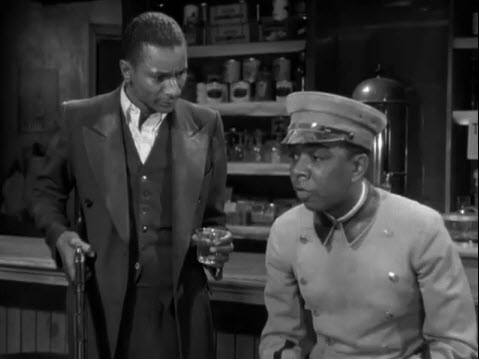
Not much is known about Slim Thompson. There aren’t any biographies of him and his filmography includes only four roles, most of which were bit parts. Imdb.com provides some information: Before he made his screen debut in The Petrified Forest, he had a brief boxing career in 1930 that ended when he lost a match by a first round knockout. What is known is that after his boxing career he somehow ended up on the stage, appearing in the Broadway version of The Petrified Forest. His name is listed in Playbill and a photograph published in the newspaper Afro-American on June 23, 1935, shows him backstage at the Broadhurst Theatre.
But those who encountered his work in the film version, also starring Bette Davis, Leslie Howard, and Humphrey Bogart, were stunned by his performance as a gangster holed up in an Arizona diner while on the lam. Thompson breaks down all the stereotypes common for black men at the time, portraying a headstrong man who refuses to bow down to whites. Though the character is a criminal, Thompson portrays him with intelligence and dignity.
Thompson appeared in three other movies — The Green Pastures (1936), Lying Lips (1939) and Long Boy (1939) — but none of the roles appear to be substantial or worthy of his talents. No further information on what became of Slim Thompson after that is available, which is yet another example of what racism has taken from American culture.

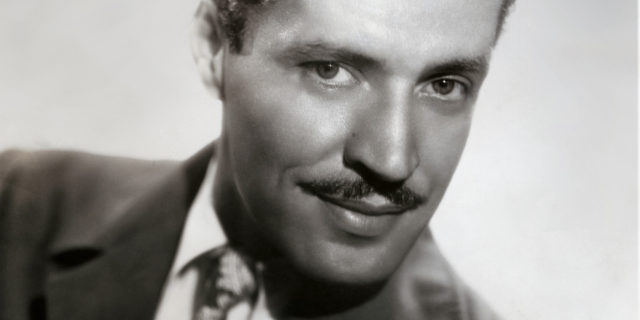

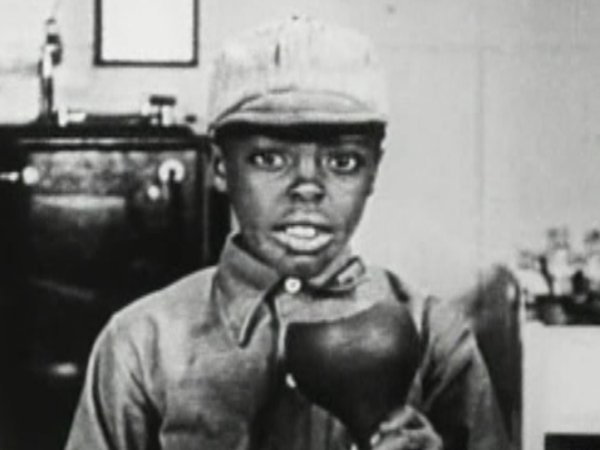

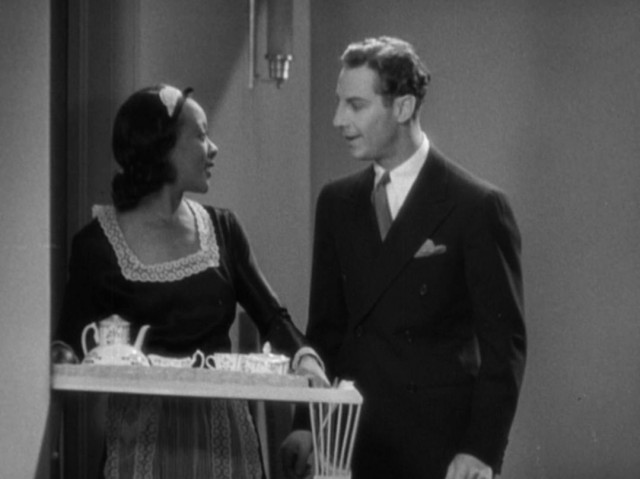
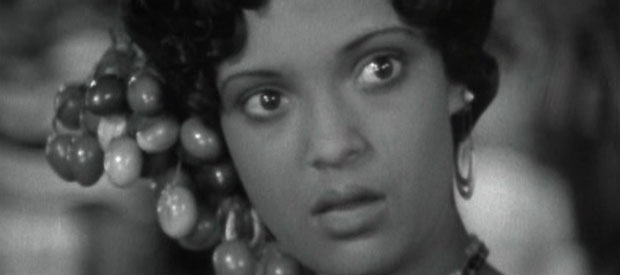
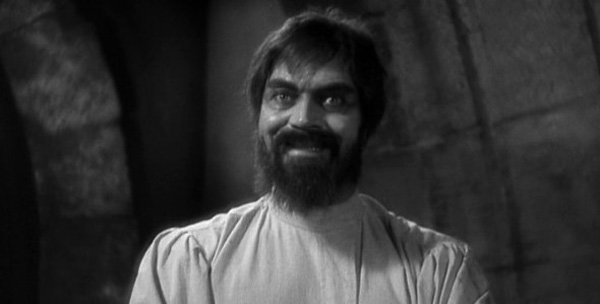
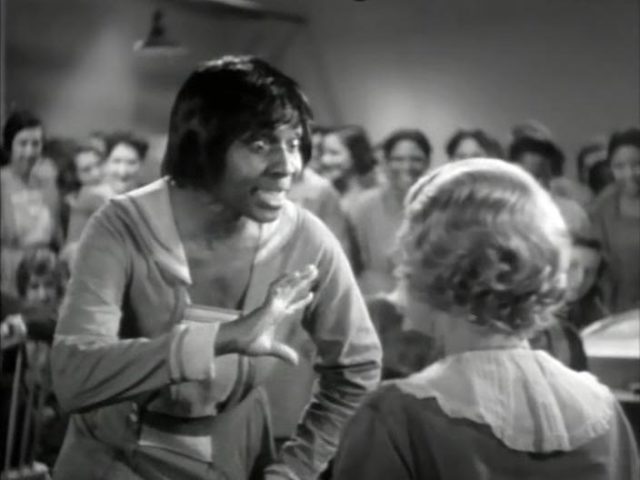
5 Comments
Please note that the picture you have for #8 James Edwards is not Mr. Edwards. It’s Woody Strode.
Please do more lists like this. I just learned that Clarence Muse & Langston Hughes wrote the story/screenplay for a film Way Down South (1939). This film was not black cinema.
Very informative. However please check. It appears the picture you have for James Edwards is actually the great Woody Strode.
That is exactly right. That is a picture of Woody Strode. I hope someone who takes care of this site reads the comments and makes the correction. They can even make room for Woody Strode on this list or expand it to 20.
I think that ALL men and women should be treated equally… until proven otherwise! — DAVID WARDLE